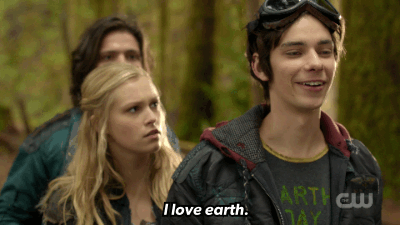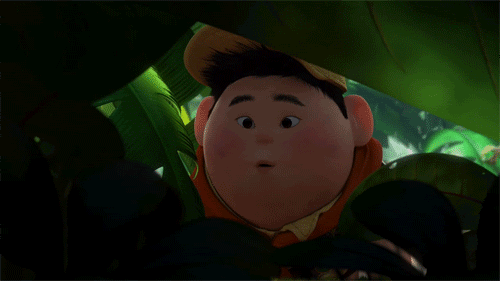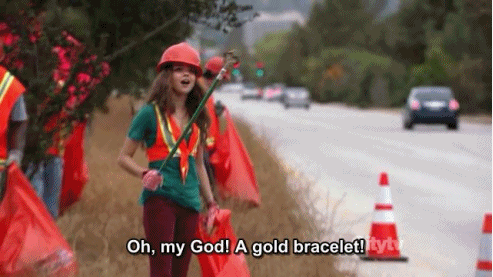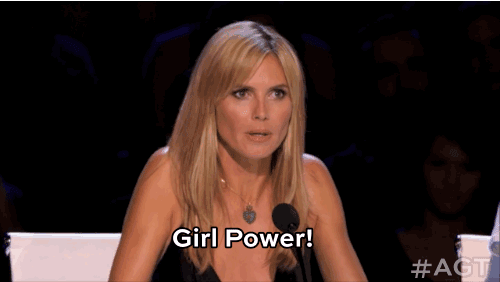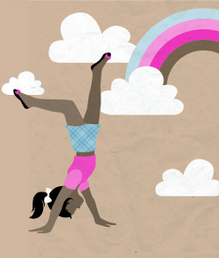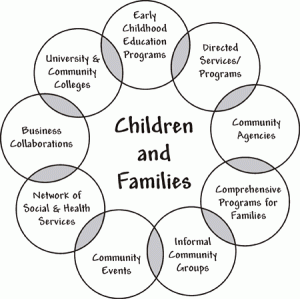Discovering Girl Scout Journeys!
Are you ready to go on a journey of discovery with Girl Scouts? To identify a problem in your community and put a plan into action to make a difference? If that’s you, then we’ve got the perfect Girl Scout resource for you: the Journeys!
These important resources allow girls to Discover more about the world around them by guiding them as they dive into a topic related to the Journey’s theme, Connect with organizations and people in their community and the world, identify a problem and make a plan to Take Action to make a positive impact on that problem. When girls complete the Journey they’ll earn awards that they can proudly display on their sash or vest and the knowledge that they have the power to make a difference in our world. 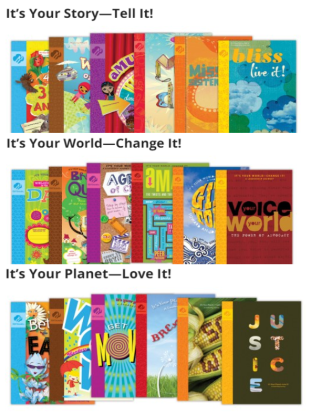 Now that’s what Girl Scouts is all about!
Now that’s what Girl Scouts is all about!
So what is a Journey? Journeys are resources and awards that encourage girls to dive into a topic as girls discover things, make connections, and take action to make the world a better place! Sound simple? It can be and to help with that we’ve got some great resources to use as your embark on your Journey.
Journeys have two main resources, the Adult Guide and the Girl Book that you’ll need to complete the awards. Daisies, Brownies,and Juniors can also use the meeting plans and outlines in the Volunteer Toolkit for our It’s Your Planet-Love It! and It’s Your Story-Tell It! Journeys. Here are a few tips to remember as you start your Journey.
- Use the Girl Book like a journal. Each one contains cool stories and fun activities designed to lead each girl on her own adventure as she learns about the topic and how it relates to her world. Having the girls read the girl book and complete the activities in it does not complete the requirements for the Journey. These books are meant for the girl to use along with the activities in the adult guide so you’ll need both.
- Use the Adult Guide as your road map to earning the Journey awards. Look for the page that shows the awards and what is required to earn each award. Check out the sample meeting sessions as these are a great resource for ideas on how to complete the award requirements.
- Don’t be intimidated by the sample meetings content. Remember Journeys are designed to be customizable! You can switch out activities in the sample meetings for a guest speaker, a visit to a community partner, or an activity you found that fits the theme but isn’t directly mentioned in the sample meetings.
- Take the Journey at your own pace. Some troops follow the 8 sample sessions over the course of 8 meetings, some combine meetings with other badge related meetings, and some spread out the Journey activities over the course of the troop year. Stick with whatever works best for engaging your girls.
You’ve completed the Journey when girls have completed the requirements for each award listed in the award descriptions and finished your Take Action project. It’s truly that simple. So what are you waiting for? Show the girls the Journey descriptions for their age level, choose your adventure topic, a time frame that works for your troop, and get your girls’ Journey started!

